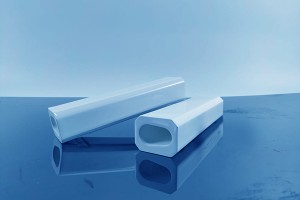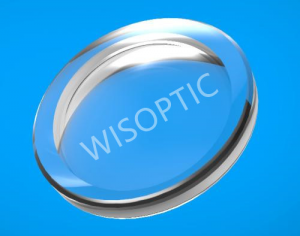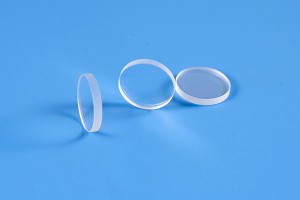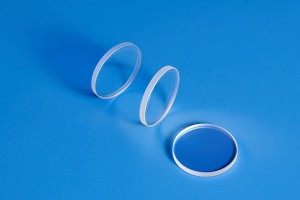-

CERAMIC REFLECTOR
WISOPTIC produces a variety of lamp-pumped ceramic reflectors for industrial lasers of welding, cutting, marking, as well as medical lasers. Specific products can be provided according to customer's needs. -

DYE LASER HANDPIECE
WISOPTIC offers in-house made Dye laser handpiece @ 585nm and 650nm. Dye laser handpiece 585nm is used mainly to treat facial telangiectasia, and dye laser handpiece 650nm for removal of green tattoo, etc.
Dye laser handpiece made from WISOPTIC has higher conversion efficiency than that of any competing product. (65%~75% for 532/585nm, 45%~55% for 532/650nm)
With dye laser handpiece, it's very easy to produce laser beam at 585nm or 650nm (only need a normal laser source of 532nm). -

OPTICAL LENSES
Spherical lenses made of N-BK7, UVFS or CaF2 optical materials, Apherical lenses made of N-BK7, UVFS or S-LAH64 optical materials, Cylindrical and Conical (Axicon) lenses made of N-BK7 and UVFS.
Other specific material, size and anti-reflection (AR) coated lenses are available under custom request. Most of the lenses are available ex-stock for fast off-the-shelf delivery.
Lenses forms plano-convex, plano-concave, biconvex, biconcave, plano-convex cylindrical and plano-concave cylindrical. Focal lengths vary from -5000 to +10000 mm.
For example, the aspheric lens has a better radius of curvature and can maintain a good aberration correction to obtain the required performance. The application of aspheric lenses brings excellent sharpness and higher resolution, and at the same time the miniaturization of the lens design becomes possible. -

PBS (Polarizing Beam Splitter)
Polarizing Beam Splitter (PBS) splits incident unpolarized light into two perpendicular linearly polarized light. Among them, p-polarized light passes through completely, while s-polarized light is reflected at 45 deg which makes the emitting direction of s-light vertical to p-light. The PBS is composed of a pair of high-precision right-angle prisms cemented together, one of which is coated on the wedged surface which determines the beam splitting ratio. All the incident surfaces and emitting surfaces are AR coated.
WISOPTIC offers both plate and cube PBS for a variety of wavelength ranges and power handling requirements. In addition, birefringent crystals, Brewster windows, and waveplates are also offered for higher-laser damage threshold requirements. -

LASER WINDOWS
Optical windows are made by optically flat, transparent optical material that allow light into an instrument. Windows have high optical transmission with little distortion of the transmitted signal, but can not change the magnification of the system. Windows are widely used in various optical devices such as spectroscopic equipment, optoelectronics, microwave technology, diffractive optics, etc. -

WAVEPLATE
A waveplate, also called a phase retarder, is an optical device that changes the polarization state of light by generating an optical path difference (or phase difference) between two mutually orthogonal polarization components. When the incident light passes through wave plates with different types of parameter, the exit light is different, which may be linearly polarized light, elliptically polarized light, circularly polarized light, etc. At any particular wavelength, the phase difference is determined by the thickness of the waveplate. -

THIN FILM POLARIZER
Thin film polarizers are made from composed materials which include a polarizing film, an inner protective film, a pressure-sensitive adhesive layer, and an outer protective film. Polarizer is used to change un-polarized beam into linear polarized beam. When the light passes through the polarizer, one of the orthogonal polarization components is strongly absorbed by the polarizer and the other component is weakly absorbed, thus natural light is converted into linearly polarized light.
